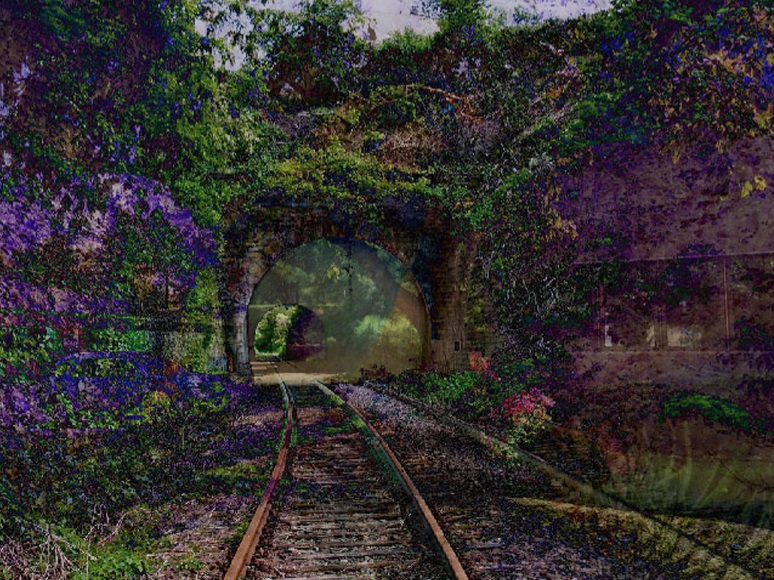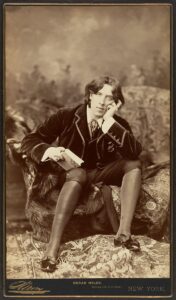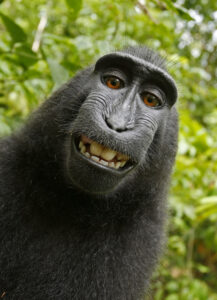In an previous post I focused on the AI “output” issue – who owns an AI model’s output? (Artificial Intelligence May Result In Human Extinction, But In the Meantime There’s a Lot of Lawyering To Be Done). I noted that this issue was pending in a lawsuit before the Federal District Court for the District of Columbia (Thaler v. Perlmutter).
The decision in this case was issued by Judge Beryl A. Howell on August 18, 2023. In her ruling Judge Howell made it clear that a creation born out of an artificial intelligence system cannot be copyrighted due to the lack of human creativity, the “sine qua non at the core of copyrightability.”
Background
In 2019 Stephen Thaler filed an unusual copyright application. Instead of a traditional artwork, the piece – titled “A Recent Entrance to Paradise” (the image appears at the top of this post) – identified an unusual ‘creator’ – the “Creativity Machine.” The Creativity Machine is an AI system invented by Thaler. In his application for registration Thaler informed the Copyright Office that the work was “created autonomously by machine,“ and his claim to the copyright was based on the fact of his “ownership of the machine.“
The Copyright Office, however, didn’t see it his way. Its position is that that copyright protections are reserved exclusively for works born from human ingenuity. See Copyright Registration Guidance: Works Containing Material Generated by Artificial Intelligence. On this basis it declined Thaler’s application.
Judge Howell’s Decision
On appeal to the district court Judge Howell acknowledged that copyright law is “malleable enough to cover works created with or involving technologies developed long after traditional media.” A prime example of this is the U.S. Supreme Court’s 1884 decision in Burrow-Giles Lithographic Co. v. Sarony, holding that a photograph of Oscar Wilde was copyrightable despite use of a camera, since the camera was used to give “visible expression” to “ideas in the mind of the author.” However, the rationale in this case didn’t go far enough for Judge Howell. Her decision emphasized the foundational principle of copyright: human creativity –
The act of human creation—and how to best encourage human individuals to engage in that creation, and thereby promote science and the useful arts—[has been] central to American copyright from its very inception. Non-human actors need no incentivization with the promise of exclusive rights under United States law, and copyright was therefore not designed to reach them.
The Copyright Act itself leans heavily toward human-centric creation, with previous court decisions strengthening the court’s perspective. The case that has received much of the attention on this topic is Naruto v. Slater, where a photograph, though artistically noteworthy, wasn’t given copyright protection because it was taken by a monkey, not a human – “all animals, since they are not human,” lack standing under the Copyright Act.
Attempting to navigate this legal maze, on appeal Thaler presented a fresh angle. He argued that as the mastermind behind the AI, providing it with direction and instructions, he should be considered the rightful human author. But this theory had not been asserted in his original application for registration, and therefore was dismissed by the court: “here, plaintiff informed the register that the work was ‘created autonomously by machine,’ and his claim to the copyright was only based on the fact of his ‘ownership of the machine.'” Therefore, the court limited Thaler’s appeal to the question of whether a work generated autonomously by a computer system is eligible for copyright, and held that it was not.
Navigating Uncharted Waters: Future Implications
The Thaler case sets a precedent: a creation made entirely by an AI, without human intervention, remains outside the protective bounds of the Copyright Act – at least for now. Not surprisingly, Thaler has announced that he will appeal this ruling to the D.C. Circuit. Onward and upward.
Moreover, this case leaves unaddressed a myriad of yet-to-be-answered questions:
- At what point, and to what extent – if at all – does human interaction with AI validate a creation as human-made?
- How do we gauge the originality of AI creations when these AI systems might have been trained using pre-existing works?
- Should the current structure of copyright be reformed to support and foster AI-involved creations?
These questions remain tantalizingly open, awaiting future exploration and legal interpretation. The ongoing debate about AI’s role in the world of creativity and copyright is just beginning.


